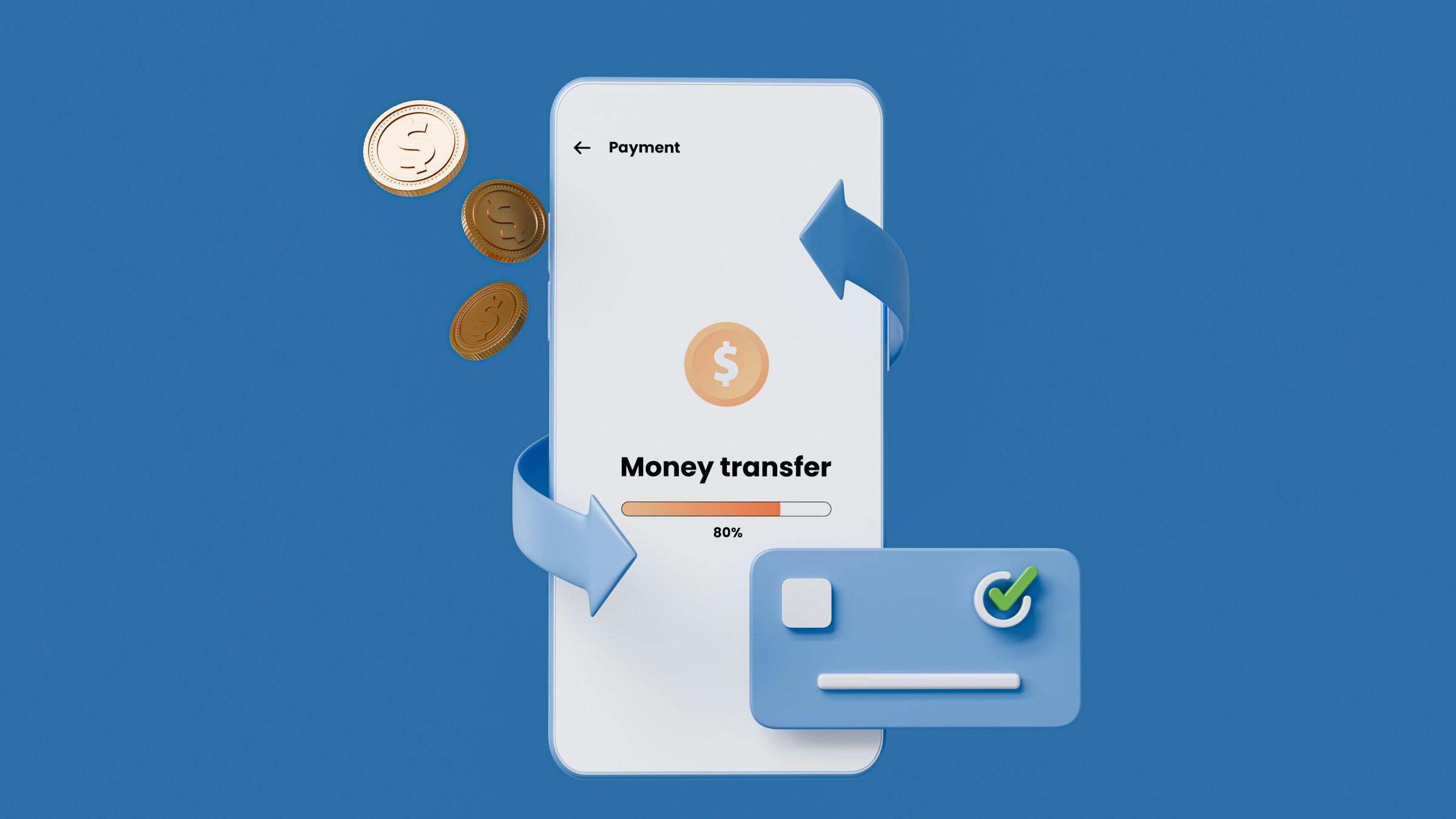Most teams are not quiet by nature. They are quiet because the system around them makes curiosity costly. The hush that settles over a meeting is rarely a confidence problem. It is a rational response to cues that questions create extra work, social risk, or no visible payoff. If you want people to ask more, you do not need a pep talk. You need to rebuild how inquiry fits into daily work. Curiosity grows where it is rewarded. Silence grows where it is punished by delay, confusion, or indifference.
Leaders often approach this as a mood issue. They tell people the culture should feel safe and that the team should speak up. Safety matters, yet the larger failure is structural. Early stage teams usually carry fuzzy ownership lines, missing decision logs, and rituals that value speed over comprehension. When the path to an answer is long or political, smart people conserve energy. They stop asking in public and rely on guesses in private. That looks like disengagement. It is actually adaptation to a system that makes inquiry expensive.
Silence often begins with founder centrality. Decisions live in one head. Team members do not know whether to approach the founder, a functional lead, or the biggest group chat. The first person who raises a hard question receives homework without the authority to change anything. The second person watches and chooses not to volunteer. Over time, meetings shrink into status updates. People optimize for sounding prepared rather than becoming clear. Real questions move to side channels, where control feels safer and stakes are lower. New hires observe the pattern and copy it, not because they are timid, but because they have learned how the game is played.
The costs of this quiet are not abstract. Velocity drops when private assumptions collide and work must be redone. Trust erodes as people learn that candor brings friction while silence protects status. Onboarding slows because newcomers cannot see how decisions were formed and must reverse engineer the logic. Ownership blurs when no one knows who can say yes, so everyone waits. These costs show up in cycle times, defect rates, and rework hours. The bill is real and it arrives every sprint.
If you want questions to become normal, you need designs that make asking easy, make responses valuable, and make the rhythm predictable. The goal is not more talk. The goal is faster truth. People ask more when the path to ask is obvious and the bar is low. Start with a plain owner map for every workstream. Put names, decision scopes, and escalation paths into your wiki and pin them in team chat. When a question arises, the route to the right person is clear. Social risk drops when the path is visible.
Shift meeting prompts from vague to explicit. A standup that ends with the classic blocker prompt will miss the real issues because it invites defensive performances rather than honest confusion. Close with a minute devoted to what is confusing right now and require one specific question per workstream for the week ahead. Make it normal to ask for the missing datum, the hidden dependency, or the unclear boundary. When a ritual insists on at least one question, attention moves from performative updates to genuine friction.
Use pre reads to seed inquiry before the room gathers. Each proposal should open with a section titled questions you should be asking if you read this well. The author lists three likely questions that a thoughtful reviewer would raise. Reviewers add their own before the meeting starts. The discussion begins with a populated question board rather than a silent room. Pulling inquiry forward reduces the post meeting ping pong that exhausts everyone and still fails to capture decisions.
Treat onboarding as a diagnostic for hidden knowledge. Give each new hire a question budget in their first month and ask for a running list of fifteen questions that a veteran would be expected to know. This is not a test of the new person. It is an audit of your system. Their list will reveal where your basics are buried in private chats or in heads. Close the loop by patching the documents that those questions expose. Over time, the baseline curiosity of new people will lift the clarity of the whole team.
A redesigned ask does not matter unless the response produces value. The worst pattern is to praise a brave question and then assign the asker more labor without any added authority. That teaches people to sit on their hands. Anchor each answered question to a concrete outcome. Either a decision improves, a document updates, or a timeline adjusts. Say it out loud. This question changes the experiment criteria. This question exposes a documentation gap that we will close now. This question shifts the due date by two days because the dependency was invisible. When inquiry predictably changes the work, people learn that questions are worth the effort.
Leaders set the emotional tone of responses. Explanations delivered in a defensive tone sound like control and close the room. Try a simple two beat habit. First, repeat the question in your own words to show it landed. Second, state the smallest next fact that would change the decision and how you will get it. Do we have evidence that users fail at step two. If yes, continue. If no, pause and find out. This teaches the team to ask questions that move the decision boundary rather than questions that perform intelligence. Over time the quality of inquiry rises because the room understands what type of question changes the plan.
Treat dissent as a rotating responsibility rather than a personality trait. In important reviews, invite one teammate to serve as the voice of failure modes and unknowns. Give them a defined window, the microphone, and the clock. Because it is a role rather than a label, junior teammates can hold it without social penalty. The practice normalizes constructive friction and keeps it from attaching to identity.
A single great response will not change a culture. Rhythm will. Choose a few recurring moments where questions are expected and a few where they are optional but visible. Begin weekly reviews with what surprised us and what do we want to understand next. End with the three best questions we did not answer and assign owners to close them in the document by a specific time. In monthly retrospectives, publish a short highlight called questions that changed a decision. People copy what is celebrated. When the highlight reel features inquiry, others bring their best questions to earn a place in that story.
Outside of meetings, maintain a living question backlog in your project tool. Tag questions by the decision they support rather than only by topic. When a decision is made, mark which questions mattered. Over time you will see patterns. Some areas generate low value back and forth, which is a signal to refactor the process or improve the reference docs. Other areas produce high leverage inquiry, which you can protect with more time and attention.
Not everyone will raise a hand in a live room, so provide quiet formats. In the 24 hours before a major review, allow questions to be posted asynchronously. For topics with strong power dynamics, permit anonymous submissions. The aim is not to keep things anonymous forever. It is to provide training wheels. As people see non punitive responses, the need for anonymity fades and names begin to attach to thoughtful questions.
Claims about culture feel good and prove little, so measure whether your changes work. Watch the time between a strong question and a visible shift. If the lag is long, your system still punishes inquiry with delay. Track the growth of a common questions section in your docs. If it stays thin while private chats bloat, you have a capture problem. Monitor onboarding speed. New teammates who inherit a clear history of questions and answers move faster and make fewer mistakes.
Leader behavior sets the top note for the whole organization. Use I do not know without apology, then follow with here is how we will find out and name the smallest test, the owner, and the deadline. Treat questions not as challenges to authority, but as shortcuts to truth. Convert praise into process by updating a checklist, patching a template, or changing the review criteria while the lesson is fresh. People notice when talk becomes structure. They also notice when it does not.
Invite questions early when scope is being shaped rather than late when polish is being applied. Most teams tolerate inquiry during review and resist it during definition. Flip that. Ask for two shaping questions before work begins. What would make this fail even if we execute well. What is the minimum learning that would keep us from building the wrong thing. Questions asked at scope save more time than questions asked at the edge of delivery.
Teach the routing rules out loud. Strategy questions belong in planning forums, not in daily standups. Process questions should go to the owner of the system, not to the loudest channel. Misrouted questions die in the wrong room, which creates the myth that questions are ignored. Post your routing map in onboarding and refer to it in live rooms until it becomes muscle memory.
Reduce social cost with playful but clear rules. Invite each person to bring one naive question per month. It normalizes not knowing and spreads participation. Pair this with a clarity threshold. If a decision in the room has not reached roughly seventy percent shared understanding, it does not move forward. Ask the room to name the missing understanding. Questions then become consequential because the rule ties them to motion.
For cross functional forums, ask presenters to anticipate confusion. Include a section titled confusion we expect. This opens space for correction without blame and reduces the instinct to perform with questions that are really statements. When presenters honor confusion as a design constraint, the room meets them with useful inquiry instead of posturing.
You will still misstep. Someone will ask a brave question and a leader will snap. Do not let trust decay quietly. Name the miss the next day. Say what you heard, why it hit a nerve, and what you will change to reduce the trigger next time. Then update a boundary or patch a process while the lesson is still warm. Repair is not a performance. It is an operational reset that shows the system learns, not just the individuals.
Two reflections should stay in circulation. If you left for two weeks, would questions still surface and find the right owner. If not, you do not have a culture of inquiry. You have a dependency on your presence. What is the shortest path from a question to a system change today. If the path is long, your best people will save their breath. The fix is not louder encouragement. It is precise design that lowers the cost of asking, increases the value of answering, and engrains the rhythm of inquiry into the beating heart of the team.
Early teams often confuse speed with clarity and charisma with leadership. A friendly open door feels sufficient from the top. It is not. People respond to how power flows, not to slogans on the wall. When answers live in one person and questions create more labor than leverage, teams adapt by going quiet. The way back is practical and specific. Make the path to ask obvious. Make the response change the work. Make the habit repeat until it feels normal. When the system welcomes questions, people rediscover their voice. Better decisions follow, cycles shorten, and the room calms. Culture is not what you say. It is what your people do when you are not there to prompt them.



.jpg)
.jpg&w=3840&q=75)




.jpg&w=3840&q=75)




